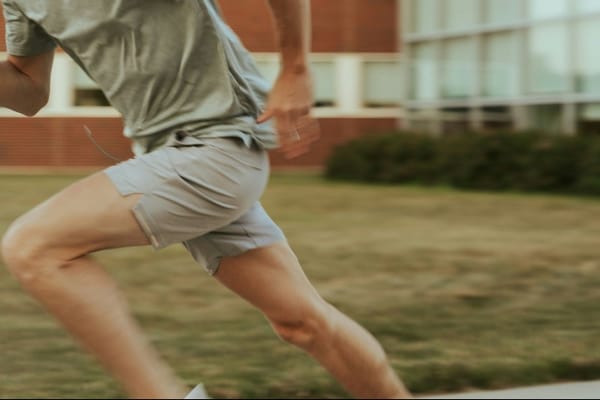Kelly Matthews, the strength coach behind "Strong With Kelly," emphasizes the importance of training the entire core for improved strength, heavier lifts, and better overall movement, moving beyond quick-fix 3-minute ab workouts to focus on comprehensive core development.
The Importance of Core Stability
Core stability is crucial for overall physical health and performance, impacting various aspects of daily life and athletic activities. A stable core provides the foundation for efficient movement, balance, and injury prevention.[1][2] It refers to the ability to maintain proper alignment of the spine and pelvis during physical activities, engaging muscles in the midsection, hips, and shoulders.[2] A strong core supports the spine, improves posture, enhances balance, and allows for better force transfer between the upper and lower body.[1][2] This stability is essential for everyday tasks, from walking to reaching for objects, and becomes increasingly important as we age to prevent falls and maintain independence.[1] Additionally, core stability contributes to better exercise form, potentially reducing the risk of injury during workouts and improving overall athletic performance.[4] By focusing on exercises that engage the deep core muscles and promote stability rather than just visible abdominal muscles, individuals can develop a more functional and resilient core that supports their overall fitness and well-being.[2][3]
Incorporating Spinal Flexion and Extension
Incorporating both spinal flexion and extension exercises can be beneficial for managing low back pain and improving overall spinal mobility. Studies have shown that both flexion-based and extension-based exercises can significantly reduce chronic low back pain severity, with no significant difference between the two approaches in pain reduction.[1][4] Flexion exercises, such as pelvic tilts and knee-to-chest movements, aim to minimize lumbar lordosis and may help open the intervertebral foramen.[2][4] Extension exercises, like prone lying and standing lumbar extensions, focus on maintaining or restoring lumbar lordosis.[4] A balanced approach that gradually introduces both types of movements can help improve spinal flexibility, reduce fear of movement, and enhance self-efficacy in patients with chronic low back pain.[3][5] It's important to progress exercises gradually, starting with low-load movements and increasing complexity over time to build confidence and loading tolerance.[5]
Mastering Lateral Flexion Techniques
Lateral flexion, the sideways bending of the torso or neck, is an essential component of spinal mobility and overall flexibility. This movement involves the contraction of muscles on one side of the body while stretching those on the opposite side, particularly engaging the obliques and lateral trunk muscles.[5] To improve lateral flexion, exercises such as side stretches and controlled side bends can be incorporated into a fitness routine. For example, a simple standing side stretch involves raising one arm overhead and slowly leaning to the opposite side, feeling a stretch along the side of the body.[5] It's important to maintain proper form during these exercises, keeping the core engaged and avoiding forward or backward tilting. Regular practice of lateral flexion exercises can enhance trunk strength, increase range of motion, and potentially alleviate tension in the lower back and neck areas.[5]














Member discussion